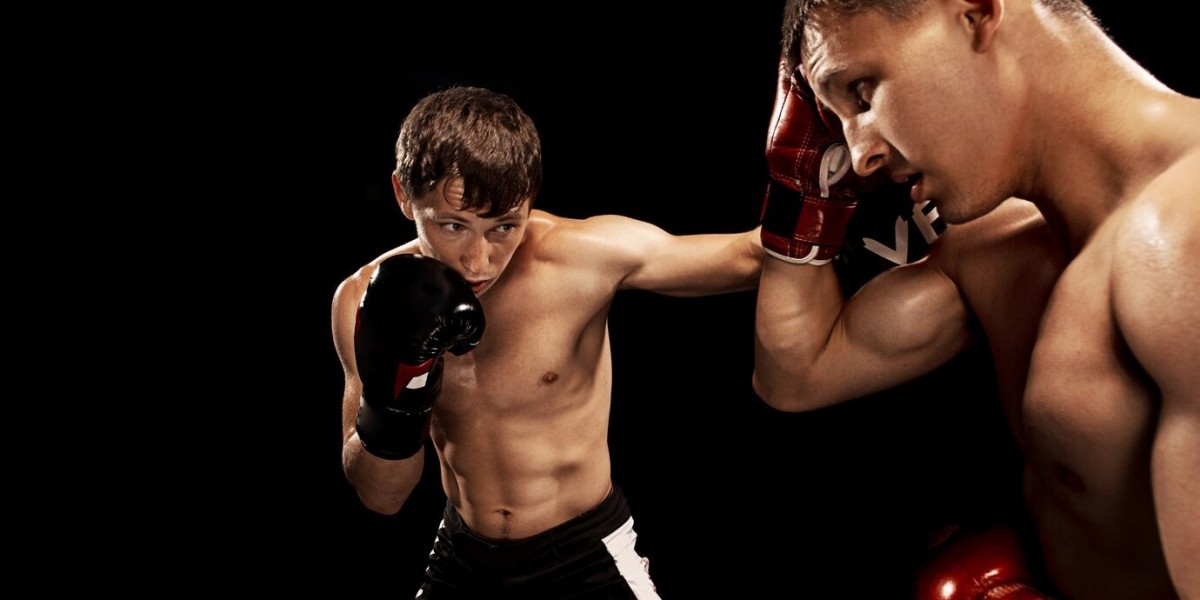Introduction to Boxing Stance Types
Boxing is as much about strategy and technique as it is about power and speed. The stance you adopt can greatly influence your performance in the ring. Each stance has its strengths and weaknesses, and the right one for you depends on your fighting style, physical attributes, and level of experience. This guide will introduce you to the most essential boxing stance types, explaining their advantages and when to use them.
Orthodox Stance
Among the various Boxing Stance Types, the orthodox stance is the most common, typically favored by right-handed fighters, with the left foot positioned forward and the right foot slightly behind, allowing the lead left hand to deliver jabs while the rear right hand is reserved for powerful crosses.
Benefits of the Orthodox Stance:
Stability: The wider base provides excellent balance and stability.
Powerful Right Hand: Right-handed fighters can maximize the power of their dominant hand.
Defensive Capabilities: The stance allows for effective blocking and countering.
For those new to boxing, the orthodox stance is often the first stance they learn, as it offers a great balance between offense and defense.
Southpaw Stance
The southpaw stance is essentially a mirror image of the orthodox stance and is typically used by left-handed fighters. In this stance, the right foot is forward, and the left foot is behind, with the right hand serving as the lead hand for jabs and the left hand for powerful crosses.
Benefits of the Southpaw Stance:
Unpredictability: Since most fighters are right-handed, a southpaw stance can catch opponents off guard.
Advantageous Angles: Southpaw fighters can create angles that make it harder for orthodox opponents to land punches.
Defensive Edge: The stance naturally positions the lead hand closer to the opponent, allowing for quick jabs and effective blocking.
Fighting as a southpaw can be a significant advantage, particularly because many orthodox fighters are less familiar with countering this stance.
Peek-a-Boo Stance
The peek-a-boo stance, popularized by legendary trainer Cus D’Amato and famously used by Mike Tyson, is a defensive-oriented stance designed to protect the head and upper body. In this stance, both hands are held high near the cheeks, elbows tucked in, and the head slightly lowered.
Benefits of the Peek-a-Boo Stance:
Superior Defense: The high hand position offers excellent protection against headshots.
Close-Range Power: The stance allows for powerful hooks and uppercuts in close quarters.
Mobility: The stance emphasizes quick, side-to-side head movement, making it harder for opponents to land clean shots.
While the peek-a-boo stance is highly effective defensively, it requires a high level of fitness and quick reflexes to use effectively.
Philly Shell Stance
The Philly shell, also known as the shoulder roll, is a defensive stance made famous by Floyd Mayweather Jr. In this stance, the lead hand is held low, the rear hand is positioned near the chin, and the lead shoulder is raised to protect the chin.
Benefits of the Philly Shell Stance:
Superior Counterpunching: The low lead hand invites jabs, allowing for quick counters.
Minimized Target Area: The stance naturally reduces the exposed area of the body, making it harder for opponents to land clean punches.
Effective Against Aggressive Opponents: The shoulder roll allows fighters to deflect punches and set up counterattacks.
The Philly shell stance is often used by experienced fighters who are confident in their defensive skills and ability to counterattack.
Choosing the Right Stance for You
Each of these boxing stance types offers unique advantages, and the best stance for you will depend on your fighting style and level of experience. Beginners may find the orthodox or southpaw stances easiest to learn, while more advanced fighters might experiment with the peek-a-boo or Philly shell stances to enhance their defensive and counterpunching capabilities.
It’s also important to consider how your stance fits with your overall strategy in the ring. Are you a counterpuncher who prefers to let opponents make the first move? Or are you an aggressive fighter looking to close the distance quickly? Understanding your strengths and weaknesses will help you choose the stance that maximizes your effectiveness.
Conclusion
Mastering different boxing stance types is crucial for fighters at all levels. From the stability of the orthodox stance to the defensive power of the Philly shell, each stance offers unique benefits that can enhance your performance in the ring. Whether you’re just starting or refining your technique, taking the time to learn and practice these stances will pay off in your boxing journey.







